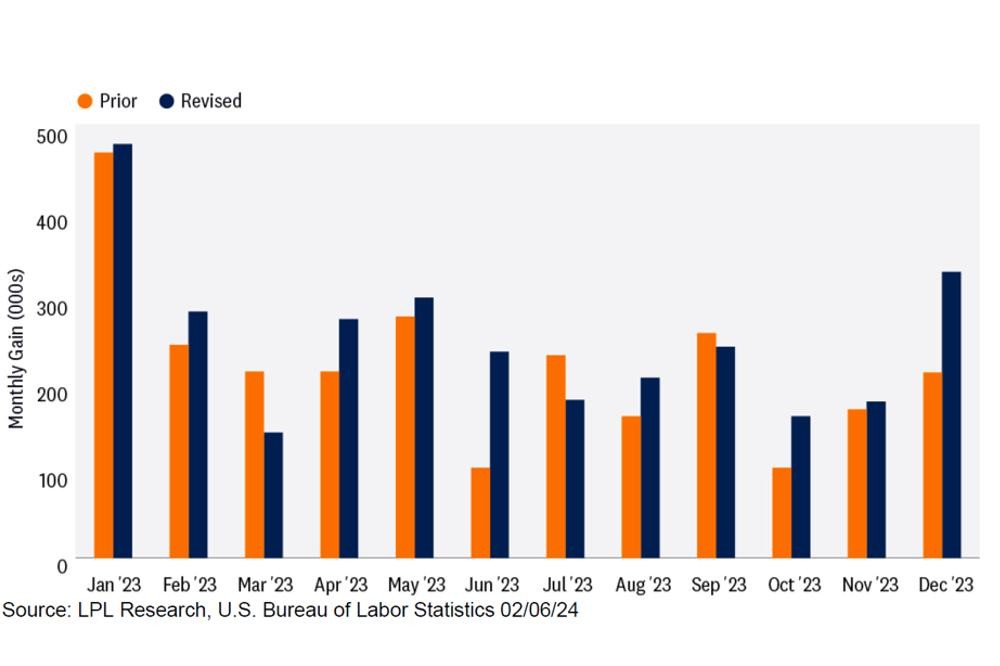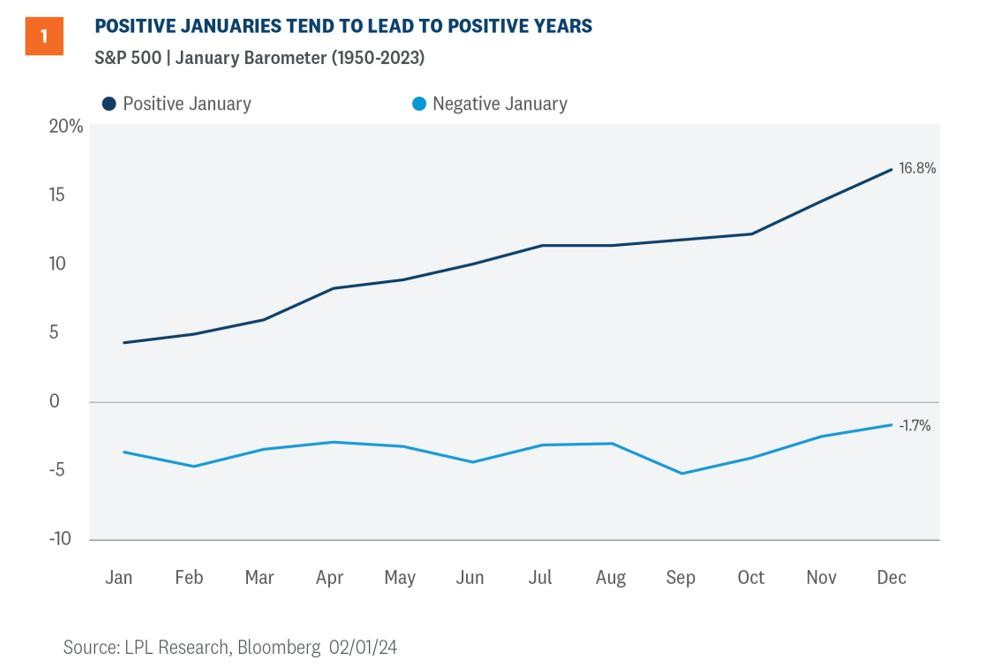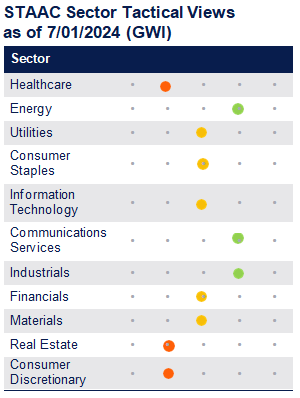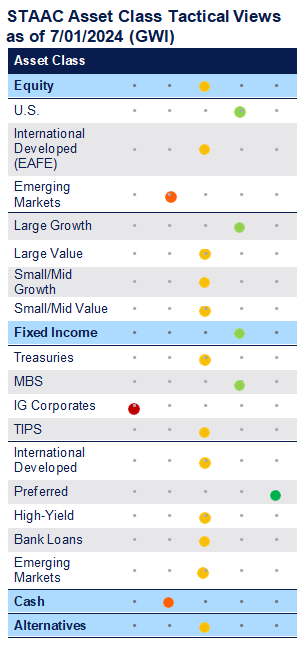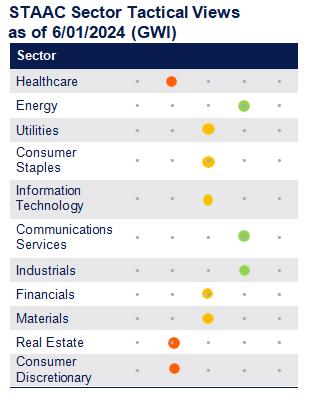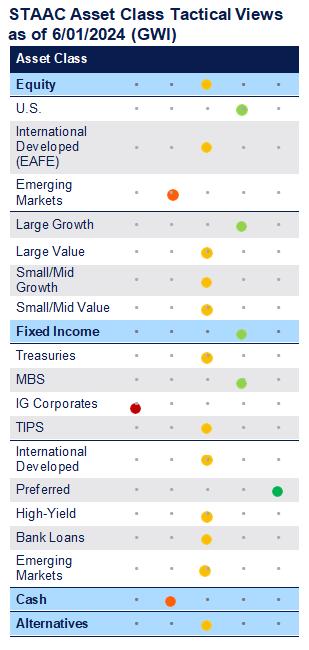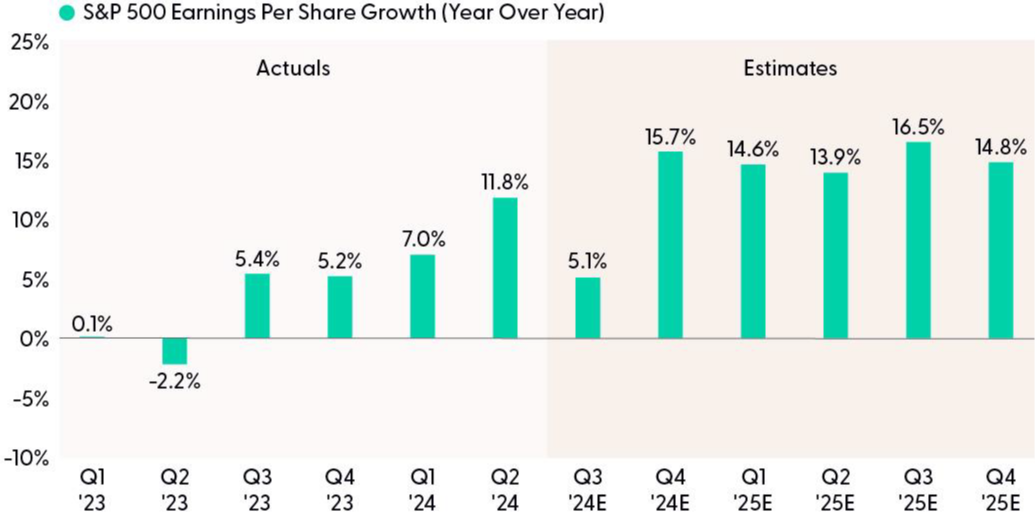For decades, U.S. Treasury bonds were regarded as among the safest of investments—so reliable, in fact, that they came to be viewed as the foundation of the global financial system.
But today we are facing an environment where those old assumptions may no longer hold true. With U.S. debt growing at an accelerating pace, confidence in Treasuries is being tested in ways we have not seen for generations. What was once considered unquestionably secure is now subject to doubt, challenging the traditional idea that there are permanent “safe havens” in investing.
This shift carries a powerful reminder: the past cannot always serve as a dependable guide to the future. The strategies that felt comfortable for decades may no longer provide the same level of protection or opportunity.
That is why professional guidance is more important than ever. My role as your advisor is to help you navigate these changes with clear-eyed analysis and strategies based not only on legacy assumptions, but on today’s realities—and tomorrow’s challenges. By reassessing risks, identifying new opportunities, and adjusting portfolios with discipline and foresight, we can strive to preserve and grow your wealth even in uncertain times.
If you’d like to discuss how these shifting dynamics could affect you, please don’t hesitate to reach out. It is exactly during periods like this that a thoughtful, flexible approach makes all the difference.


